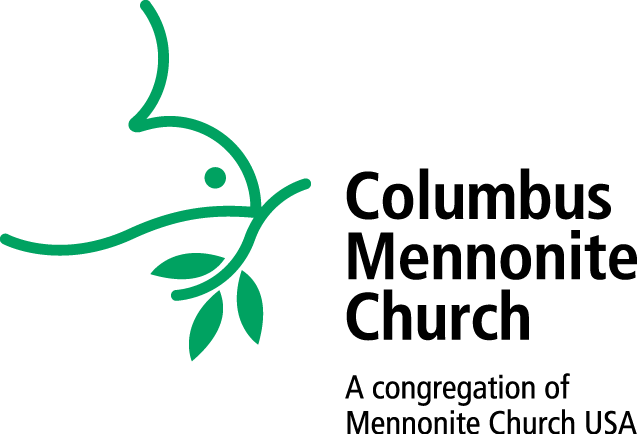Mennonites are part of a movement known as Anabaptism that erupted in central Europe 500 years ago. “Anabaptist” (meaning Re-Baptizer) was not a chosen name. Critics created it to highlight the key act that set these folks apart. At a time when the universal baptism of infants issued one not only into the church, but into society and all its allegiances, a group of adults re-baptizing themselves apart from any authority other than their own conscience was considered religious and political heresy. For this, many were convicted and martyred, hunted, imprisoned, and exiled.
For the Anabaptists, it was a reclaiming of the teachings of the New Testament and the power of the Spirit to speak directly to individuals, men and women, without the mediation of a priest or church hierarchy. And frankly, it was a huge mess. While some claimed that the Gospels forbade them from taking up the sword or swearing oaths, others sided with the poor in violent uprisings like the Peasants War with noble goals but disastrous results. Some Anabaptists claimed the end was near and they were the only ones who knew the time and place. Others took this so far as to set up a New Jerusalem city under a Messianic figure and defend it with an army.
From this churn within the broader Protestant Reformation emerged a peaceful vision of Christian life that valued the discernment of the community over the charismatic influence of any one individual. Menno Simons was a key leader in this direction. The fact that we hardly ever cite his writings is perhaps a testament of his pastoral faithfulness in raising up congregations rather than himself. Later generations of Anabaptists and Mennonites migrated to safer regions. In an attempt to conserve their communities, many became conservative.
Expressions of Anabaptism in North America now range from the Amish (“Married Monastics” as one Mennonite historian has called them) to those on the front lines of peace and justice movements. Globally, Africa now has more Anabaptists than any other continent, with concentrations in Ethiopia and the Democratic Republic of the Congo. India and Indonesia are the largest churches in Asia.
Since the days of those first re-baptizers, through the line of Menno Simons, Anabaptists have been asking questions about how allegiance to the Jesus-way impacts our other allegiances of economy and politics. We have wondered about the relationship between the written Scriptures and the freedom of the Spirit. With varying degrees of success, we’ve tried to practice a faith and not just recite beliefs.
For the next two months, our worship theme will be “Anabaptism at 500.” We’ll be telling plenty of stories from the past. We will also keep asking these and related questions. What might a peace-loving, community-affirming, justice-practicing Anabaptism look like in our time?
Join the conversation.
Joel
